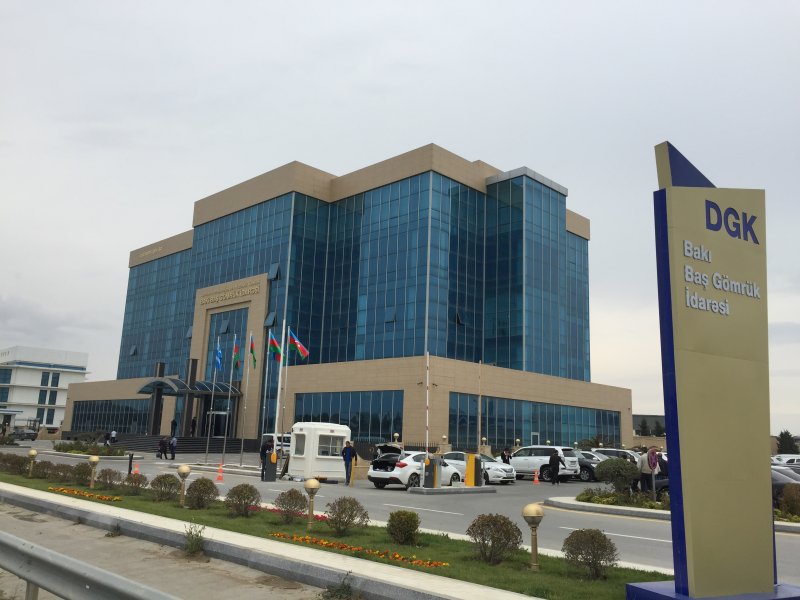Structural Analysis
Dynamic Analysis
All elements that make up the facade carrier system must be able to meet dynamic effects such as wind and earthquakes.In order to examine the dynamic behavior of the facade system effectively, vibration modes are determined and design response spectra are created.
Maximum internal forces and displacements is calculated by modal combination method that takes into account design spectra or nonlinear methods using ground motions in time domain.
The wind effect on the structure is dynamic responses caused by the coincidence of the turbulence in the direction of the wind with the fundamental bending mode vibrations in the direction of the wind; is determined by the turbulence intensity, the roughness of the land, orographic features and dimensions.
Under the effect of wind and earthquake loads are calculated by TS – Deprem Bölgelerinde Yapılacak Yapılar Hakkında Yönetmelik Türk Standartları), EN 1990-1999 ( Eurocode ), ASD (AllowableStress Design ), LRFD (LoadandResistanceFactor Design ), IBC 2006 (International BuildingCode ), NBCC 2005 (NationalBuildingCode of Canada ), SNIP (Russian Technical Standarts) , UBC 97 (UniformBuildingCode ), BS 5950 (British Standard ) etc.
Statics Analysis
For the elements of the facade system of the buildings, international standards are applied, taking into account the design loads and local conditions. System stability is ensured by performing internal force and displacement analyzes of the system to examine the most unfavorable situation under fixed and live loads.The inspections of vertical-horizontal profile, glass, composite panel, silicon, mechanical or chemical anchors used with anchorage and other connections are made according to the relevant norms.
Isometric Analysis
Condensation and thermal calculations are made according to TS 825, TS EN ISO 13788, TS EN ISO 10211-1 and EN ISO 10077-1, TS 8441 standards by taking thermal insulation values into consideration in order to provide interior comfort conditions in terms of building physics


